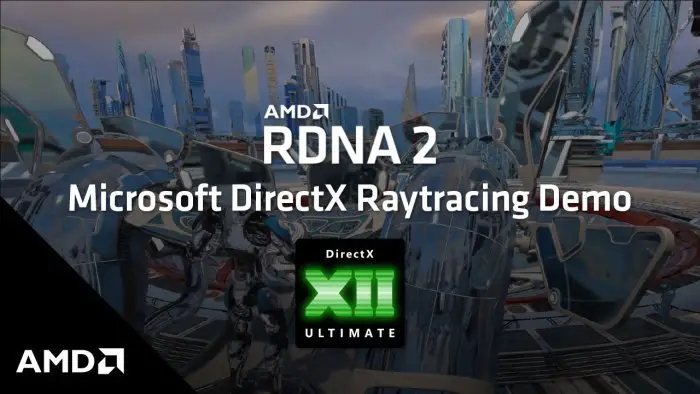You must have heard about RDNA 2 where the next-generation video game consoles are concerned, especially the Xbox Series X/S. It is designed to deliver significantly improved performance over the GCN technology used in the previous consoles.

What does RDNA stand for?
rDNA stands for recombinant DNA. It refers to creating a new DNA molecule by combining DNA fragments from different biological sources. These fragments are not typically associated with each other.
What is the difference between AMD RDNA 1 and 2?
The primary difference between AMD RDNA 1 and RDNA 2 is that RDNA 2 offers up to a 54% increase in performance per watt compared to RDNA 1. This improvement includes a significant 21% boost in performance per clock, partly due to the addition of Infinity Cache.
RDNA 2 won’t just benefit the next generation consoles, which are currently deemed as current generation since they are now available for the general public.
What is RDNA 2
Well, it’s an AMD technology that stands for Radeon DNA, and it is the foundation for graphics rendering where next-generation PC gaming, Xbox Series X/S, and PlayStation 5 are concerned. It is also the successor to RDNA, released on July 7, 2019, which is not very far away in the past.
According to the folks at AMD, its new RDNA GPU architecture can deliver up to 50 percent more performance compared to version 1, and up to 100 percent when compared to GCN. Not only that, but the new technology supports ray tracing, a feature much talked about in gaming lately.
Now, the tech also supports Infinity Cache, mesh shaders, variable-rate shading, and sampler feedback.
Some aspects of RDNA 2 are similar to RDNA 1. The most obvious is the manufacturing process based on the TSMC 7nm. Overall, the core building blocks of this new version of RDNA are relatively the same as the original, with the main difference being the hardware-based ray tracing support.
What is RDNA 2 Infinity Cache
There is one more interesting thing about this rendering technology that we need to discuss: Infinity Cache. We have a massive 128MB L3 cache that has been customized for gaming workloads.
We understand that it is denser than L3 RAM by up to four times, and the primary reason for this is to aid with efficiency. Now, when this is added to a GPU, it basically prevents it from sending signals across the package to the memory in most cases.
Doing this makes the Infinity Cache more power-efficient and faster than just increasing the bus width to the memory modules.
Let’s talk about Ray Tracing
As we mentioned above, RDNA 2 GPUs will support hardware-based ray tracing, and this is a huge deal. Yes, AMD was beaten to the punch by Nvidia, and from what we can tell from several reports so far, NVIDIA’s ray tracing tech is more mature at this time.
However, that doesn’t mean RDNA 2 won’t do it justice. The Radeon RX 6000 stack, along with the ones available in next-generation consoles, all have a dedicated “ray accelerator” attached to each compute unit.
As it stands right now, however, AMD does not have an answer to Nvidia’s Deep Learning Super Sampling (DLSS) technology. This means that Nvidia cards will have an edge, but that might not be the case for the Xbox Series X/S.
You see, Microsoft, along with AMD, is working on its own version of DLSS, DirectML, so we could see some surprises in the distant future.
Support for DirectX 12 Ultimate
RDNA 2 supports all the features that DirectX 12 Ultimate brings to the table, and some of those features include mesh shading, variable-rate shading, and sampler feedback. This means developers should experience increased performance, which is good for consumers.
Not only that, but AMD GPUs stand to gain support for Microsoft’s DirectStorage API. We understand that this API is designed to allow your NVMe SSD to talk directly with your graphic card. When this happens, gamers should see increased loading times and asset streaming.
The Xbox Series X/S will no doubt benefit from this to better keep pace with the much faster SSD found in the PlayStation.
Leave a Reply